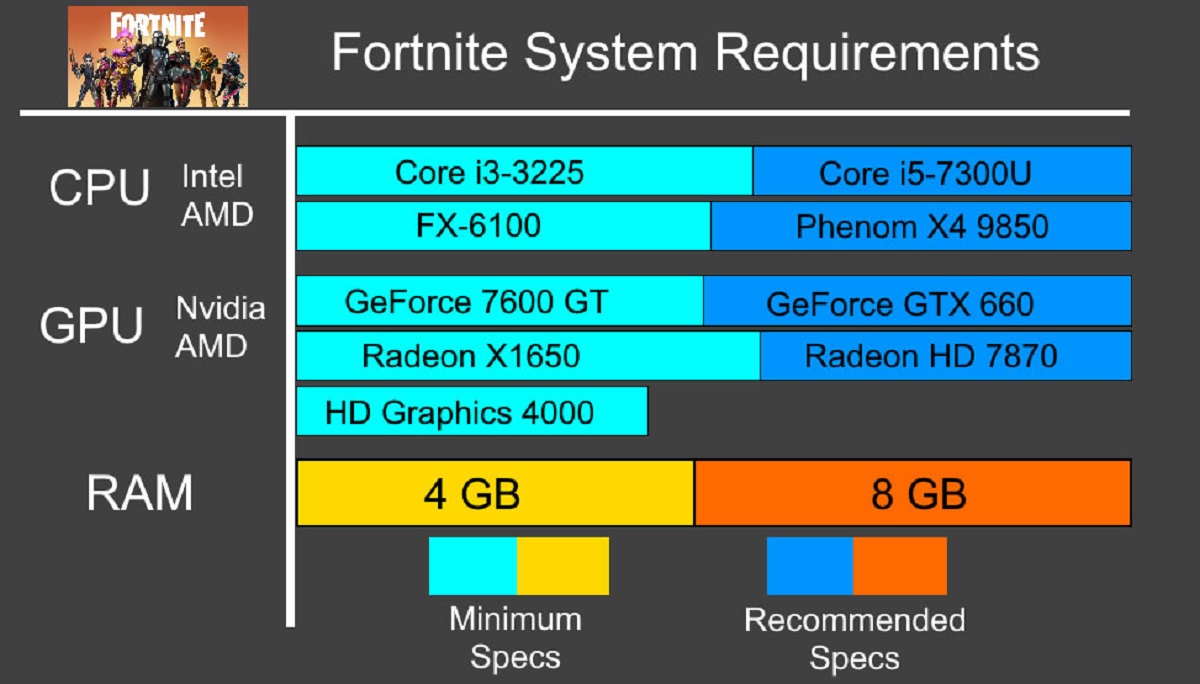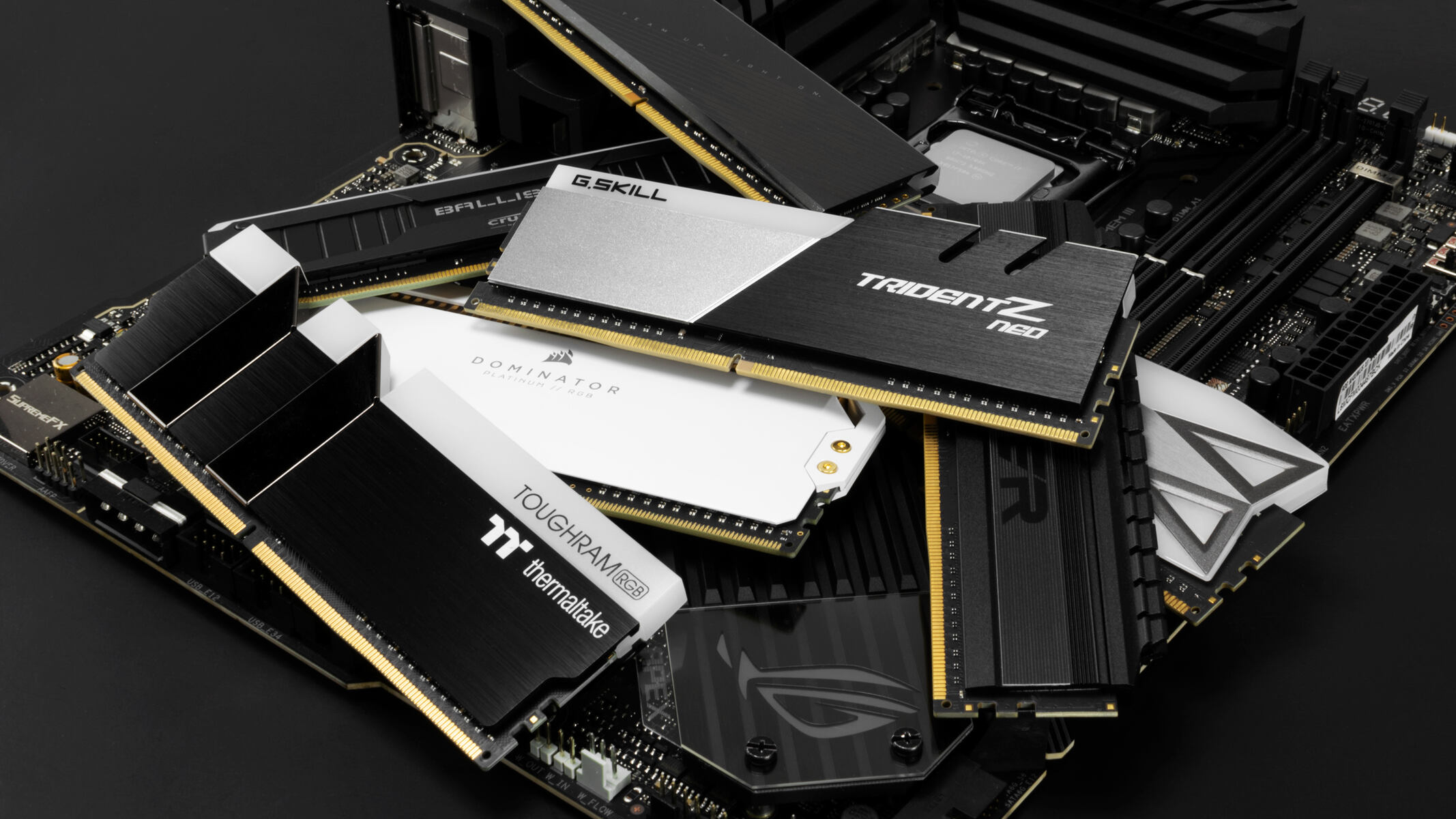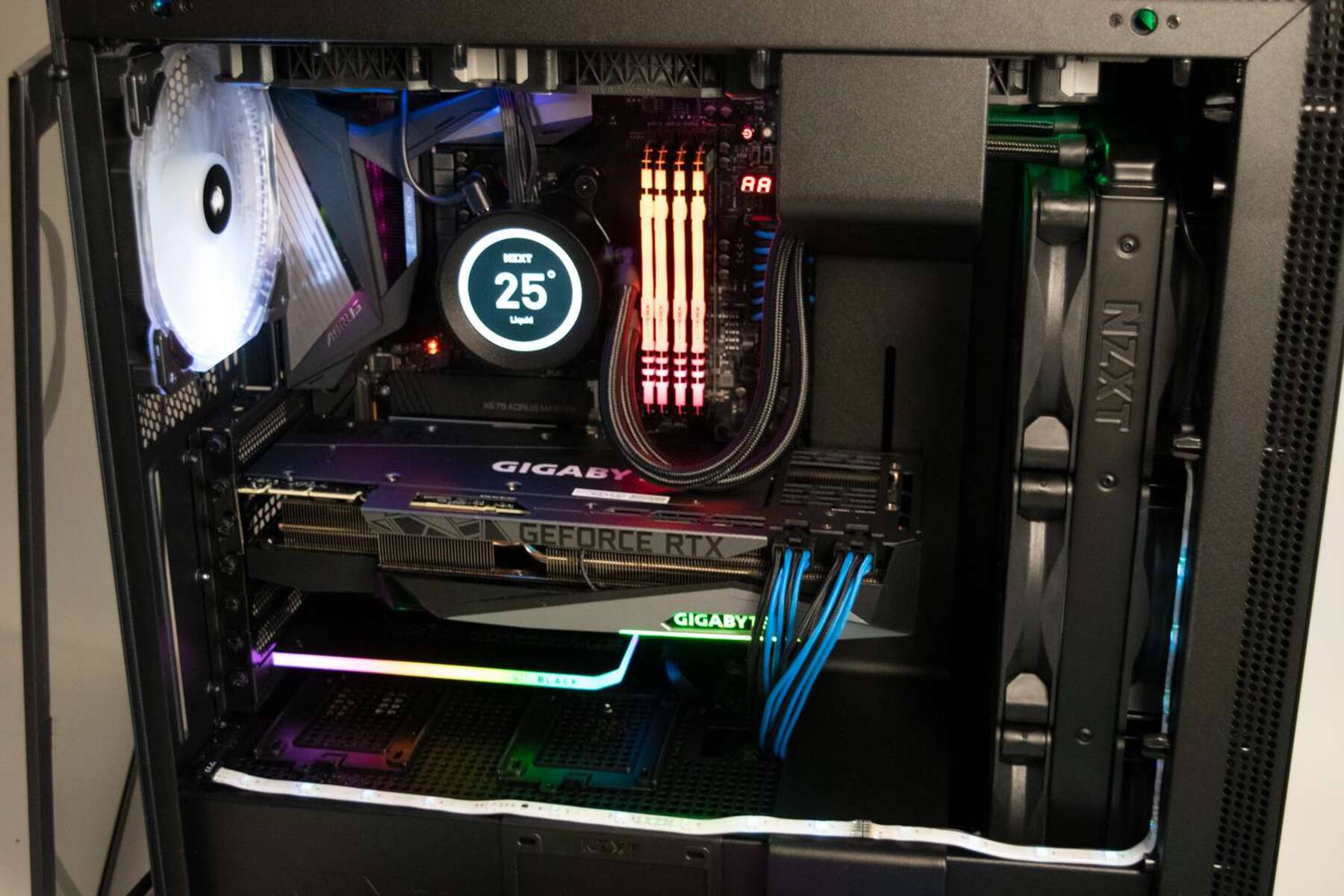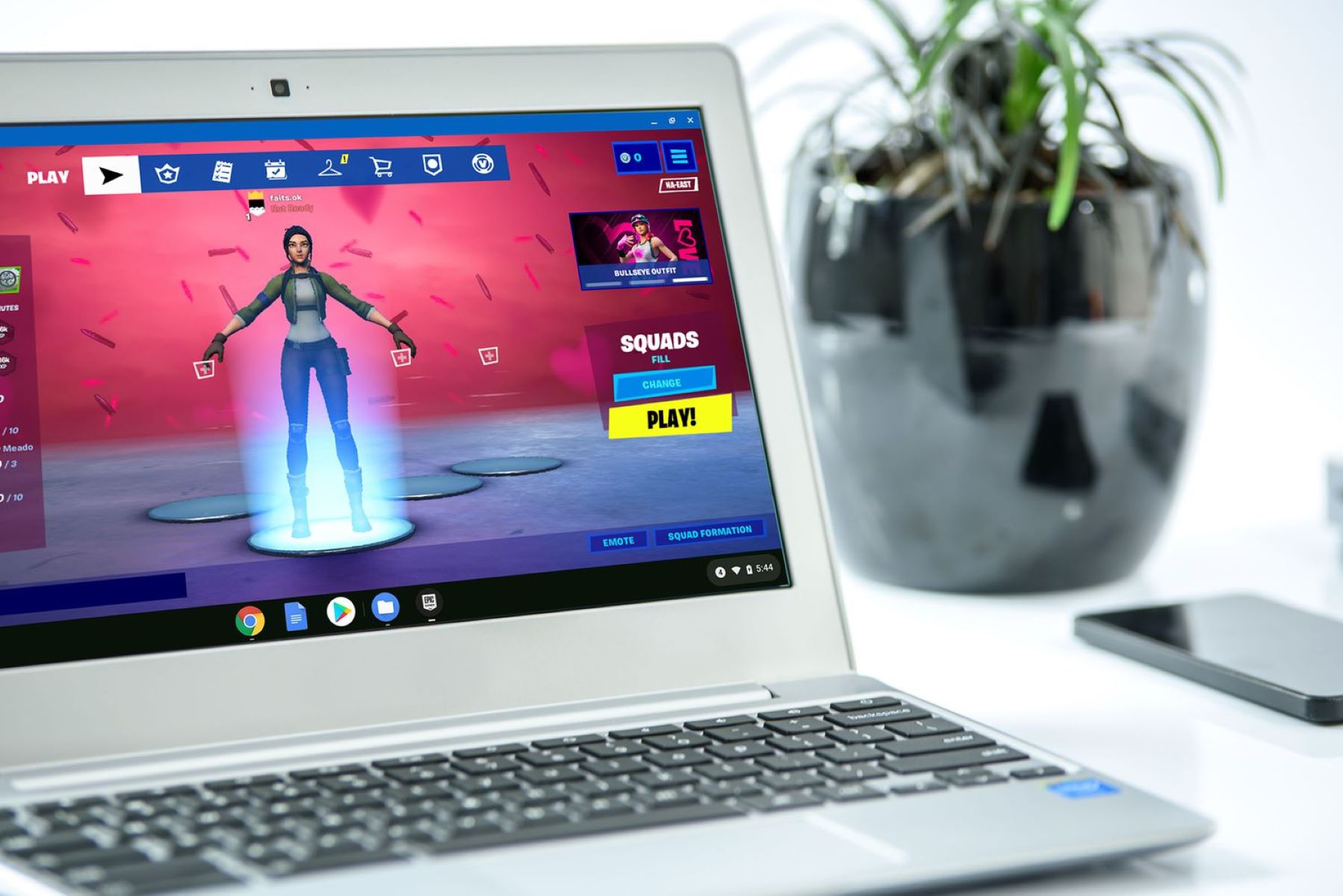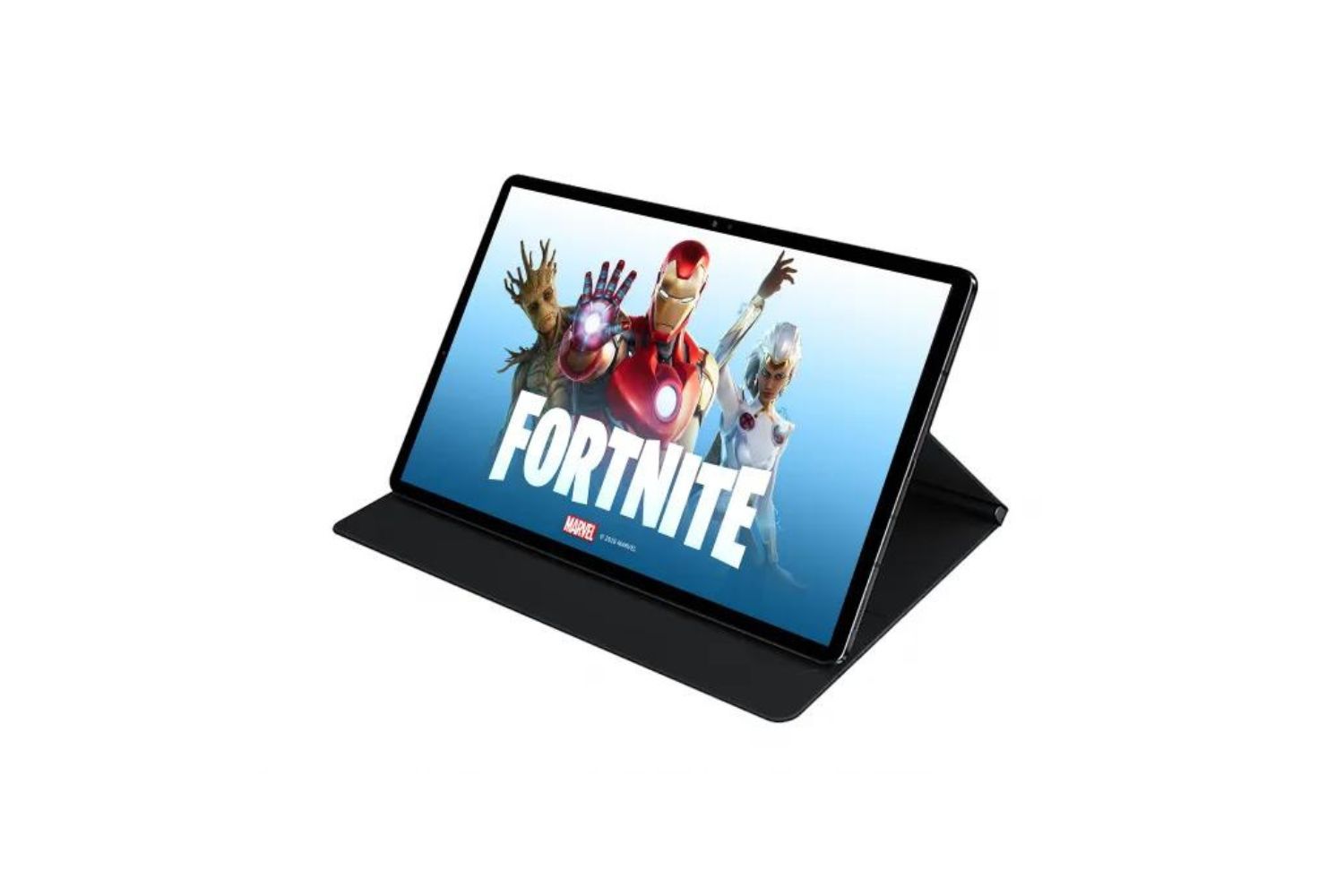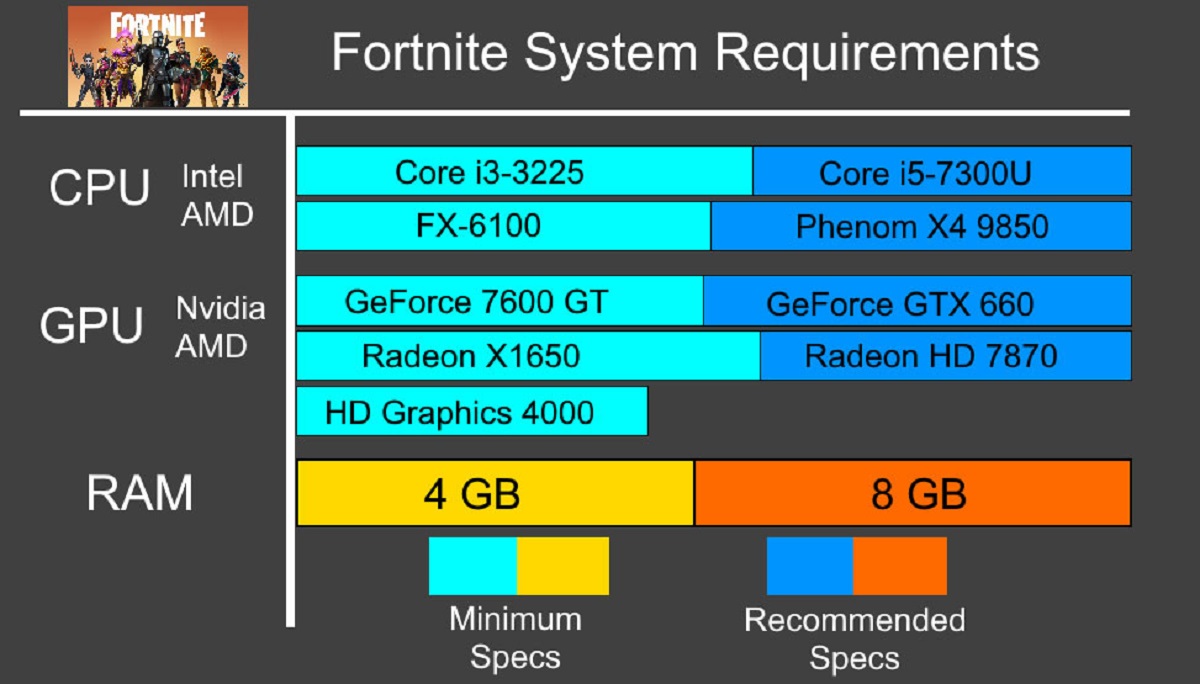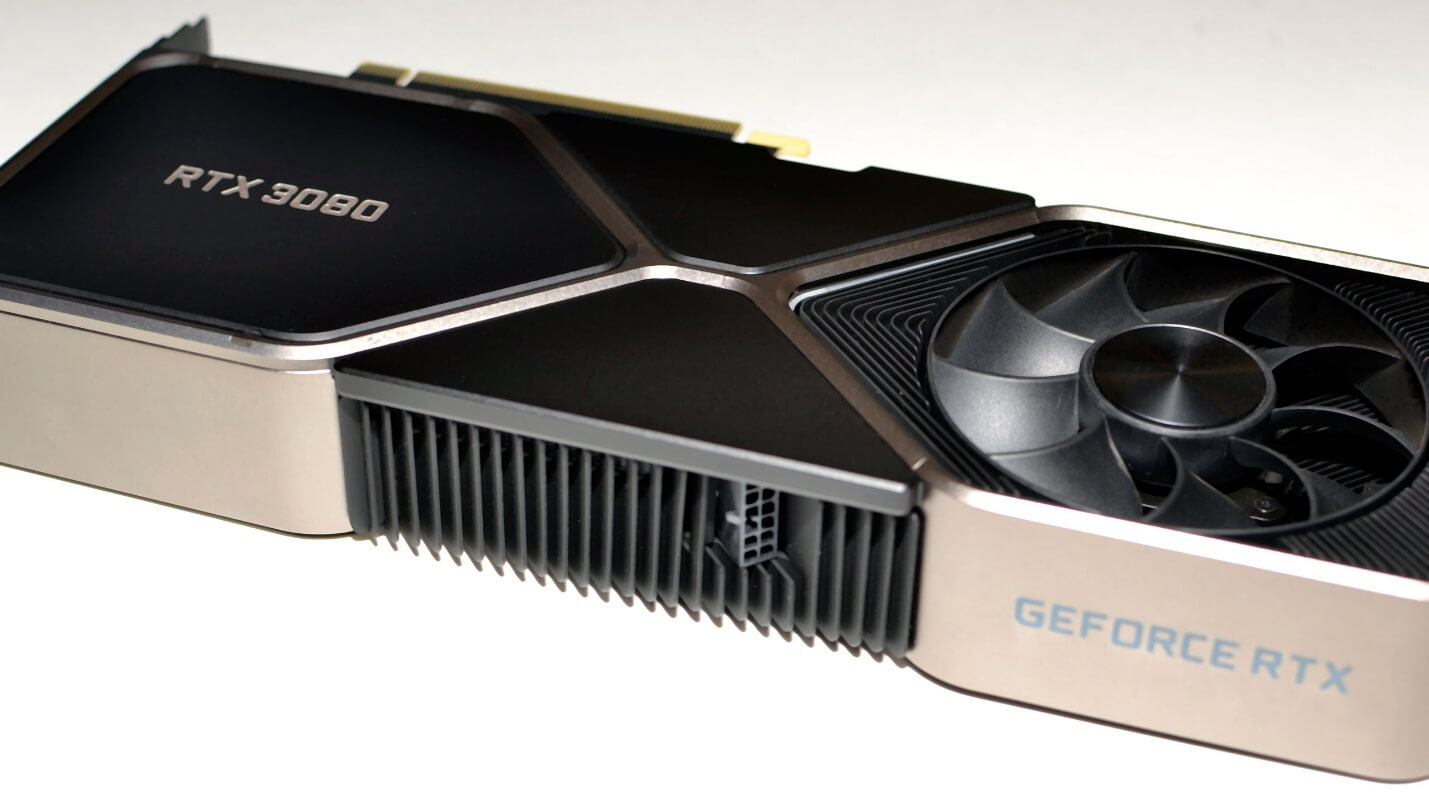Introduction
Welcome to the world of Fortnite! Whether you’re a seasoned gamer or just starting out, one thing you’ll quickly realize is the importance of having enough RAM to power your gameplay. RAM, short for Random Access Memory, is a crucial component in any gaming setup.
RAM is essentially the temporary storage space that your computer uses to run applications, including games like Fortnite. It plays a fundamental role in the performance and smooth operation of the game, as it directly affects the speed at which your computer can access and process data.
In this article, we’ll delve into the RAM requirements for Fortnite, exploring the minimum and recommended amounts for optimal gameplay. We’ll also discuss the advantages of having more RAM, the impact of RAM speed, and provide some tips on how to optimize your RAM usage while playing Fortnite.
Whether you’re battling it out in solo mode or engaging in intense multiplayer sessions, having the appropriate amount of RAM can enhance your gaming experience by providing faster load times, smoother gameplay, and minimizing any lag or stuttering.
So, let’s dive in and find out how many gigs of RAM you really need to enjoy hours of Fortnite fun!
What is RAM?
Before we delve into the RAM requirements for Fortnite, let’s first understand what RAM is. RAM, or Random Access Memory, is a type of computer memory that stores data that is currently being used by the computer’s operating system and applications.
Unlike long-term storage devices such as hard drives or solid-state drives (SSDs), RAM is a volatile memory, meaning it only holds data while the computer is powered on. When you turn off your computer, any data stored in RAM is gone. This is why it’s important to save your work before shutting down your computer.
RAM acts as a bridge between your computer’s processor and long-term storage devices. It allows for quick access to data that is needed by the processor to perform tasks efficiently. When you launch a game like Fortnite, portions of the game’s data, such as the game files, graphics, and audio, are loaded into RAM for faster access.
The size of your RAM determines how much data your computer can store and access quickly. It’s important to note that RAM does not affect the total amount of data you can store on your computer; that’s the job of your hard drive or SSD. RAM, instead, affects the speed and responsiveness of your computer by providing quick access to data that is actively being used.
Think of RAM as a workspace for your computer. The more RAM you have, the larger the workspace, and the more data your computer can handle simultaneously.
In the next section, we’ll discuss how RAM affects gaming performance, specifically in relation to Fortnite.
How does RAM affect gaming performance?
RAM plays a crucial role in determining gaming performance, including how well Fortnite runs on your computer. As mentioned before, RAM acts as a temporary storage space for data that is actively being used by the computer’s processor and applications.
When you launch Fortnite, the game’s data is loaded into RAM to ensure quick access during gameplay. This includes assets like textures, character models, audio files, and more. The amount of RAM available directly impacts how much of this data can be loaded at once, which can affect the smoothness and responsiveness of your gaming experience.
Insufficient RAM can result in performance issues such as slow load times, choppy frame rates, and increased lag or stuttering during gameplay. When your computer runs out of available RAM, it starts using a portion of your hard drive or SSD as virtual memory, which is significantly slower in comparison. This can lead to a noticeable decrease in game performance.
Moreover, having enough RAM can prevent frequent loading screens and minimize interruptions during gameplay. As you move between different areas in Fortnite, RAM helps keep the necessary data pre-loaded, ensuring a seamless transition without unnecessary delays.
In multiplayer games like Fortnite, where players compete against each other in real-time, having sufficient RAM becomes even more critical. This is because the game needs to constantly process and update the positions, actions, and interactions of multiple players simultaneously. Insufficient RAM can result in delays or lags in updating these essential elements, negatively impacting your gaming performance.
Additionally, having more RAM allows for better multitasking capabilities while gaming. It enables you to run other applications or processes in the background, such as voice chat software or streaming software, without causing a significant drop in game performance.
In the following sections, we’ll explore the minimum RAM requirements for Fortnite, as well as the recommended amount for optimal gameplay.
Minimum RAM requirements for Fortnite
When it comes to playing Fortnite, having the minimum amount of RAM recommended by the game’s developers is essential to ensure a smooth and enjoyable gaming experience. While these requirements may vary slightly based on the specific platform you are playing on, let’s focus on the general minimum RAM requirements for Fortnite on a PC.
Epic Games, the developer of Fortnite, recommends a minimum of 8GB of RAM to run the game on a PC. This means that your computer should have at least 8GB of RAM available for Fortnite to use while the game is running. Meeting this requirement ensures that the game has sufficient memory to load the necessary assets and handle the gameplay without significant performance issues.
While it is possible to run Fortnite with less than 8GB of RAM, doing so can result in compromised performance, including longer loading times, lower frame rates, and potential lag or stuttering during gameplay. It’s important to note that the minimum requirements are set to ensure a basic level of functionality, and for a smoother experience, it’s recommended to meet or exceed the minimum RAM requirement.
Additionally, keep in mind that other factors, such as your operating system, background processes, and the resolution at which you play Fortnite, can also affect the overall performance. Thus, if your computer meets only the minimum RAM requirement, it’s essential to optimize your system and close any unnecessary applications or processes running in the background to maximize available RAM for Fortnite.
In the next section, we’ll discuss the recommended RAM for optimal gameplay, which can provide an even better gaming experience for Fortnite enthusiasts.
Recommended RAM for optimal gameplay
While meeting the minimum RAM requirements will allow you to run Fortnite, having more RAM can greatly enhance your gaming experience and ensure optimal performance. The recommended amount of RAM for Fortnite depends on various factors, including your computer’s specifications, the resolution at which you play, and whether you engage in other resource-intensive tasks while gaming.
For most gamers, including those who want to stream their gameplay or run other applications in the background, having 16GB of RAM is highly recommended. With 16GB of RAM, you’ll have ample memory to run Fortnite smoothly, while also having headroom for other processes such as voice chat software, streaming software, or web browsing without impacting game performance.
Having more RAM than the recommended 16GB, such as 32GB or even 64GB, may provide additional benefits for specific use cases. For example, content creators who record and edit gameplay footage or streamers who run multiple applications simultaneously may benefit from the increased RAM capacity, as it allows for smoother multitasking and eliminates any potential bottlenecks.
Moreover, having more RAM can future-proof your gaming setup, ensuring compatibility with upcoming games and preventing the need for immediate upgrades as new, more demanding titles are released.
It’s important to note that while increasing your RAM can improve gaming performance, it should be done in combination with other components, such as a powerful CPU and a capable graphics card, to achieve the best results. RAM alone cannot compensate for inadequacies in other aspects of your computer’s hardware.
In the next section, we’ll explore the advantages of having more RAM and how it can positively impact your overall gaming experience.
The advantages of having more RAM
Having more RAM in your gaming setup can offer several advantages that enhance your overall gaming experience. Let’s take a closer look at some of the benefits of having ample RAM:
1. Smoother gameplay: More RAM allows for a larger amount of game data to be stored, resulting in smoother gameplay with reduced loading times, minimal stuttering, and improved overall performance.
2. Multitasking capabilities: With higher RAM capacity, you can run other applications or processes simultaneously without impacting game performance. This includes running voice chat software, streaming software, or browsing the internet while gaming.
3. Future-proofing: Games are becoming increasingly demanding in terms of system requirements. Having more RAM ensures that your gaming setup is prepared for future games, reducing the need for immediate upgrades.
4. Better stability: Insufficient RAM can lead to crashes or system instability, especially when running resource-intensive games like Fortnite. More RAM helps provide stability by preventing memory-related issues and allowing for smoother operation.
5. Reduced disk activity: When your computer runs out of available RAM, it starts using the hard drive or SSD as virtual memory. This increases disk activity and can slow down overall performance. Having more RAM reduces the reliance on virtual memory and minimizes the strain on your storage devices.
6. Faster loading times: The amount of RAM available affects the speed at which game assets are loaded and accessed. With more RAM, assets can be loaded and cached in memory more quickly, resulting in faster loading times and reducing the wait time between gameplay sessions or when transitioning between game areas.
7. Enhanced visual quality: Some games, including Fortnite, may benefit from having more RAM by allowing for higher graphic settings and better visual quality. More RAM ensures that the necessary texture data, models, and visual effects can be stored and accessed smoothly.
While having more RAM does offer advantages, it’s important to remember that simply increasing your RAM won’t solve all performance issues. It should be coupled with a capable CPU and graphics card to achieve the best results and ensure a well-balanced gaming setup.
In the next section, we’ll discuss whether RAM speed matters for Fortnite and its impact on gaming performance.
Does RAM speed matter for Fortnite?
When it comes to RAM, not only does the amount of memory matter, but the speed of the RAM modules can also impact gaming performance, including how well Fortnite runs on your system.
RAM speed, also referred to as RAM frequency, is measured in megahertz (MHz) and indicates how quickly the RAM can process and deliver data. Higher RAM speeds generally result in faster data transfer rates and improved overall system performance.
However, when it comes to gaming, including Fortnite, the impact of RAM speed on performance is relatively minimal compared to other factors such as GPU performance or CPU capability. While higher RAM speeds can provide a slight boost in performance, the difference may not be significant enough to warrant prioritizing RAM speed over other components.
In practice, the difference in performance between RAM speeds is often negligible when it comes to gaming. Fortnite’s system requirements focus more on the amount of RAM rather than the specific speed of the RAM modules.
That said, there may be scenarios where faster RAM can provide noticeable improvements in gaming performance, especially in situations where the CPU heavily relies on fast data access, such as in CPU-bound games or CPU-intensive tasks. Faster RAM can also benefit systems that utilize integrated graphics solutions, where RAM speed can impact the graphics performance more significantly.
If you’re planning to upgrade your RAM specifically for Fortnite, it’s recommended to prioritize the amount of RAM over the speed. Aim to meet or exceed the recommended amount of RAM for the game before looking into RAM speed.
It’s worth noting that the compatibility between RAM speed and your computer’s motherboard also needs to be considered. Ensure that your motherboard supports the desired RAM speed before making any upgrades.
In the next section, we’ll provide some tips for optimizing RAM usage while playing Fortnite, regardless of the specific RAM specifications of your system.
Tips for optimizing RAM usage while playing Fortnite
While having sufficient RAM is crucial for smooth gameplay in Fortnite, optimizing its usage can further enhance performance. Here are some tips to help you optimize RAM usage while playing Fortnite:
1. Close unnecessary background applications: Before launching Fortnite, close any unnecessary applications running in the background. This will free up RAM and ensure more resources are available for the game.
2. Disable resource-intensive processes: Some processes, such as antivirus scans or system backups, can consume a significant amount of RAM. Temporarily disabling these operations while gaming can help allocate more memory to Fortnite.
3. Limit the number of open browser tabs: Web browsers, especially with multiple open tabs, can consume a considerable amount of RAM. Close any unused tabs to free up memory for Fortnite.
4. Adjust in-game settings: Lowering graphics settings within Fortnite can reduce the memory requirements. Experiment with different settings to find a balance between performance and visual quality that suits your system.
5. Tweak texture quality and view distance: Textures and view distance settings within Fortnite can significantly impact memory usage. Adjust these settings to a level that provides an optimal gaming experience without overloading your RAM.
6. Regularly update drivers: Keeping your graphics card drivers up to date can improve overall system stability and performance, including RAM usage efficiency while gaming. Check for driver updates from your card manufacturer’s website.
7. Optimize Windows settings: Adjusting certain Windows settings can help optimize RAM usage. For example, disabling unnecessary visual effects or setting the system to prioritize performance over appearance can free up resources for Fortnite.
8. Avoid running memory-intensive software concurrently: Running software that utilizes extensive memory, such as video editing software or virtual machines, simultaneously with Fortnite can strain your RAM. Plan your gaming sessions when other demanding applications are not in use.
9. Perform regular system maintenance: Regularly clean up your system by removing temporary files, clearing cache, and optimizing your hard drive or SSD. This can help improve overall system performance and maximize available RAM.
10. Consider upgrading RAM: If you consistently experience performance issues despite optimizing RAM usage, upgrading to a higher capacity RAM kit may be beneficial. Consult your system’s specifications and compatibility to determine the best RAM upgrade option.
By implementing these tips, you can optimize your RAM usage while playing Fortnite, ensuring smoother gameplay and an improved gaming experience.
Conclusion
RAM is a vital component for a smooth and enjoyable gaming experience, including playing Fortnite. Having enough RAM is crucial to ensure optimal performance, minimize lag, and reduce loading times.
In this article, we explored the various aspects of RAM’s impact on Fortnite gameplay. We discussed the minimum RAM requirements set by the game’s developers, which is typically 8GB of RAM for a PC setup. However, it’s recommended to have 16GB or more to achieve optimal performance and better multitasking capabilities.
Having more RAM not only allows for smoother gameplay but also ensures that other resource-intensive applications can run concurrently without compromising performance. It offers advantages such as future-proofing your gaming setup, better stability, reduced disk activity, and faster loading times.
While RAM speed can have a minimal impact on gaming performance, it’s generally recommended to prioritize the amount of RAM over speed when considering upgrades for Fortnite. Compatibility with your motherboard is also a crucial factor to consider.
To optimize your RAM usage while playing Fortnite, it is advised to close unnecessary background applications, adjust in-game settings, update drivers regularly, and perform system maintenance regularly.
Always remember that RAM works in conjunction with other system components, such as the CPU and graphics card, for optimal performance. It’s important to maintain a balanced system by considering all components when aiming for the best gaming experience.
Now that you understand the significance of RAM in Fortnite, you can make informed decisions when it comes to your gaming setup. Ensure you meet the minimum RAM requirements and consider upgrading to enjoy smoother gameplay, faster loading times, and overall improved performance.
So gear up, dive into the world of Fortnite, and enjoy countless hours of gaming fun with the right amount of RAM to power your gameplay!







